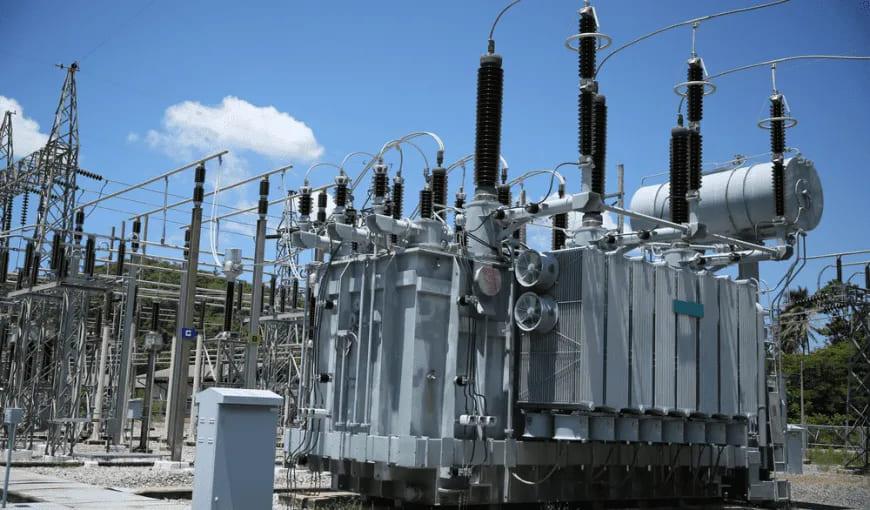Power Transformers: The Silent Giants of the Electrical Grid

Published on: July 28, 2025
Author: Rupalini Wankhede
When you turn on a light, charge your phone, or power a factory, you likely don’t think about the equipment that makes long-distance electricity transmission possible. At the heart of this process is the power transformer — a device that enables high-voltage electricity to travel efficiently from generation plants to your home or business.
Let’s explore what power transformers are, how they work, and why they’re essential for modern civilization.
What is a Power Transformer?
A power transformer is a static electrical device that transfers electrical energy between two or more circuits through electromagnetic induction. Its main function is to step up (increase) or step down (decrease) voltage levels to make power transmission over long distances more efficient and safer.
In simple terms, it allows high-voltage power to travel across long distances with minimal losses and then reduces the voltage for safe use in homes and businesses.
How Does a Power Transformer Work?
Power transformers operate on the principle of electromagnetic induction and typically consist of:
- Primary winding: Receives the input voltage
- Magnetic core: Channels magnetic flux
- Secondary winding: Delivers the transformed voltage
Depending on the turns ratio between the primary and secondary coils, the transformer increases or decreases voltage while maintaining frequency.
Where Are Power Transformers Used?
- Power Generation Plants – Step-up transformers increase voltage for transmission
- Transmission Networks – Maintain voltage over long distances
- Distribution Substations – Step-down transformers reduce voltage for local use
- Industrial Facilities – Control and customize voltage levels for equipment
- Renewable Energy Farms – Integrate solar/wind power into the grid
Types of Power Transformers
- Step-Up Transformer – Increases voltage for long-distance transmission
- Step-Down Transformer – Reduces voltage for consumption
- Auto Transformer – Common winding for input and output, compact and efficient
- Three-Phase Transformer – Used in industrial and high-voltage applications
- Distribution Transformer – Delivers power to residential and commercial users
Benefits of Power Transformers
- Enable efficient long-distance transmission
- Improve grid stability and energy security
- Reduce line losses and improve energy delivery
- Facilitate renewable energy integration
- Allow voltage customization for industrial applications
Challenges and Maintenance
Power transformers are high-value assets that require proper care:
- Overheating and oil degradation
- Moisture and insulation failure
- Harmonic distortion and overloading
- Regular testing: Oil analysis, thermal imaging, partial discharge tests
Transformers are often designed to last 20–40 years, but aging infrastructure in many regions is now driving demand for modernization and replacement.
The Future of Power Transformers
- Smart transformers with IoT sensors for real-time diagnostics
- Dry-type and eco-friendly fluids replacing traditional oil
- Compact transformers for urban and renewable integration
- Digitized grid integration using SCADA and AI-based condition monitoring
Final Thoughts
Power transformers may not be flashy, but they are indispensable to the functioning of our electric world. As grids become smarter and cleaner, transformers are evolving to handle more complexity, higher efficiency demands, and tighter environmental regulations.
Whether you're an engineer, utility operator, or energy policymaker — understanding transformers is essential to building a resilient and future-ready energy system.
#PowerTransformer #ElectricalEngineering #EnergyGrid #Transmission #SmartGrid #HighVoltage #CleanEnergyInfrastructure #Substation





